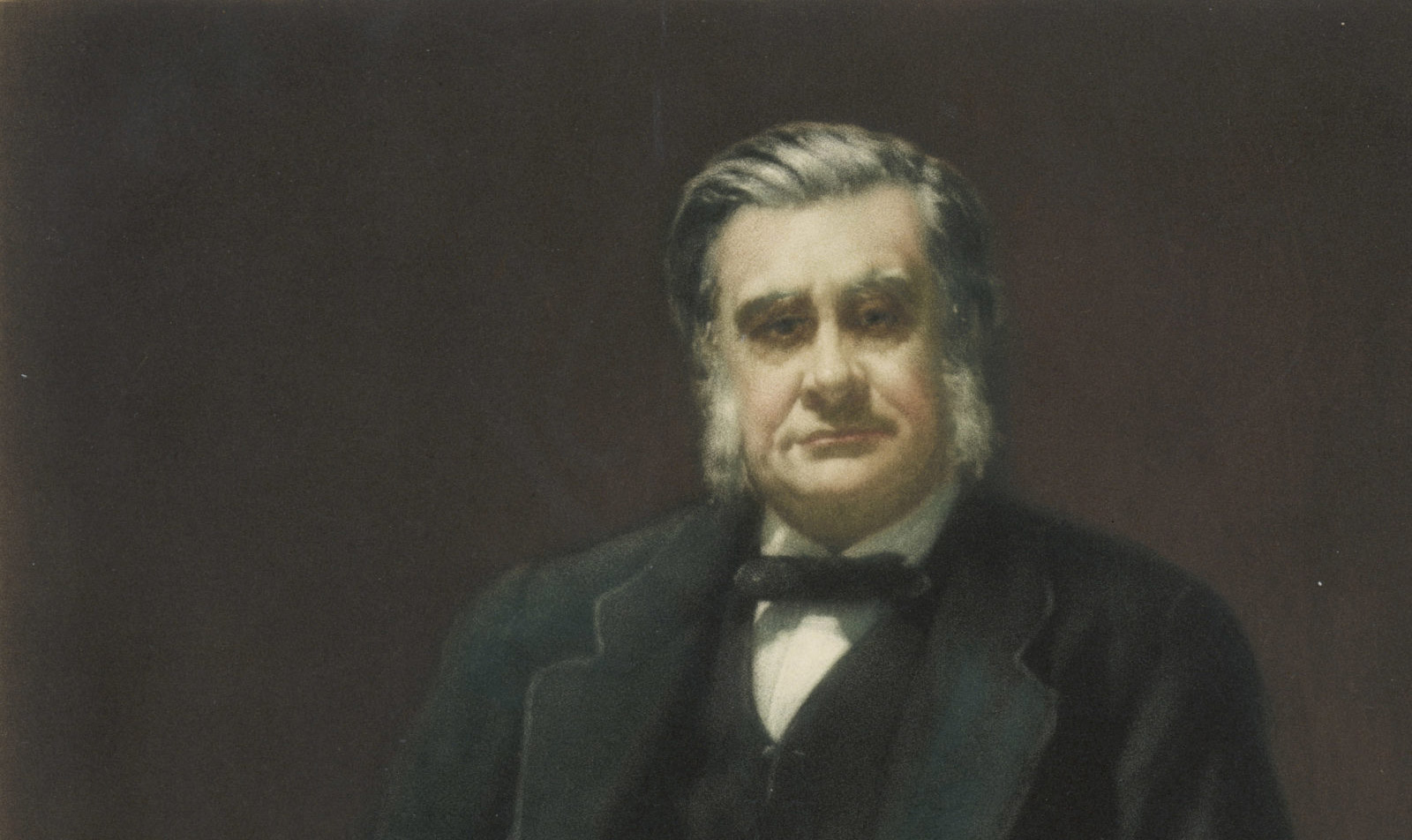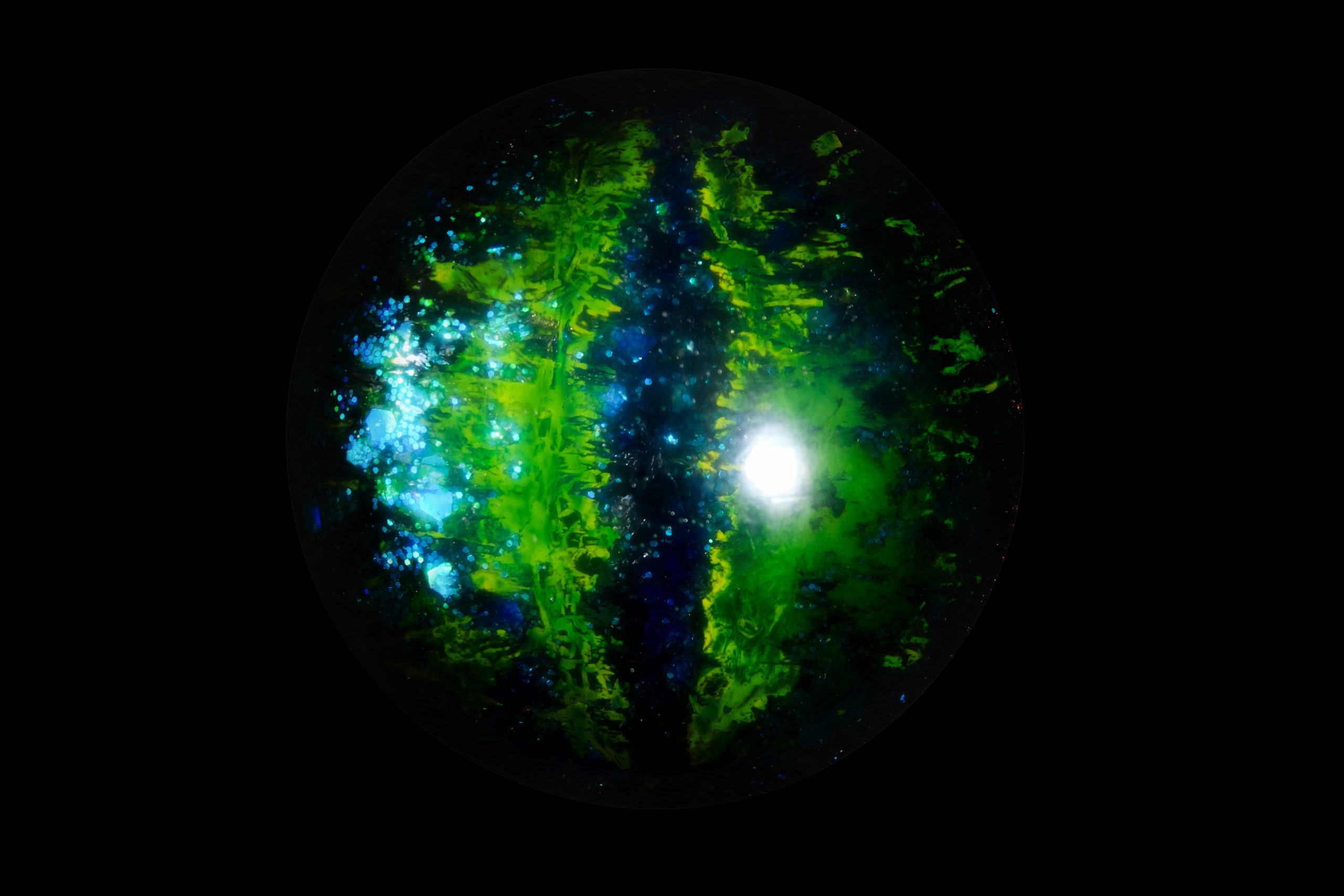The RNA World
Introduction
One of the earliest published suggestions that RNA-catalyzed RNA replication preceded and gave rise to the first DNA-based living cells was made by Carl Woese in 1967, in his book The Genetic Code1. Similar suggestions were made by Crick and Orgel2, for reasons that are not difficult to grasp. Prior to the discovery of catalytic RNAs, proteins were considered by many to be the only organic molecules in living matter that could function as catalysts. DNA carries the genetic information required for the synthesis of proteins. The replication and transcription of DNA require a complex set of enzymes and other proteins. How then could the first living cells with DNA-based molecular biology have originated by spontaneous chemical processes on the prebiotic Earth? Primordial DNA synthesis would have required the presence of specific enzymes, but how could these enzymes be synthesized without the genetic information in DNA and without RNA for translating that information into the amino acid sequence of the protein enzymes? In other words, proteins are required for DNA synthesis and DNA is required for protein synthesis.
This classic “chicken-and-egg” problem made it immensely difficult to conceive of any plausible prebiotic chemical pathway to the molecular biological system. Certainly no such chemical pathway had been demonstrated experimentally by the early 1960s. So the suggestion that RNA molecules might have formed the first self-replicating chemical systems on the primitive Earth seemed a natural one, given the unique properties of these substances.
They carry genetic information and (unlike DNA) occur primarily as single-stranded molecules that can assume a great variety of tertiary structures, and might therefore be capable of catalysis, in a manner similar to that of proteins. The problem of which came first, DNA or proteins, would then be resolved.
Self-replicating RNA-based systems would have arisen first, and DNA and proteins would have been added later. But in the absence of any direct demonstration of RNA catalysis, this suggestion remained only an interesting possibility.
Read More ›





